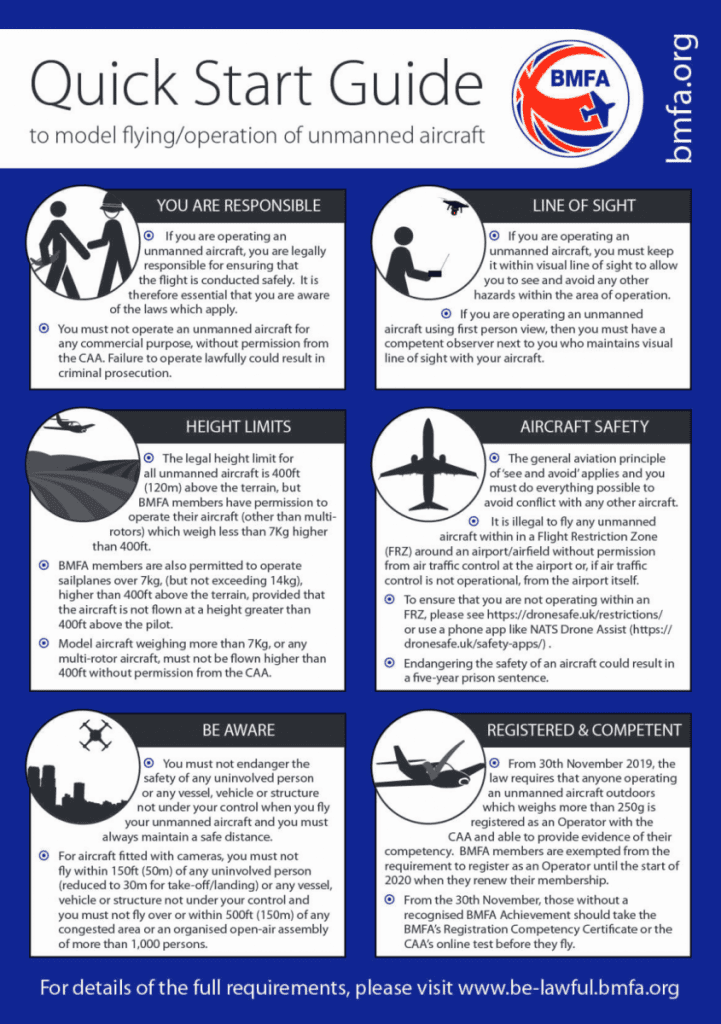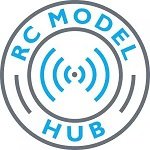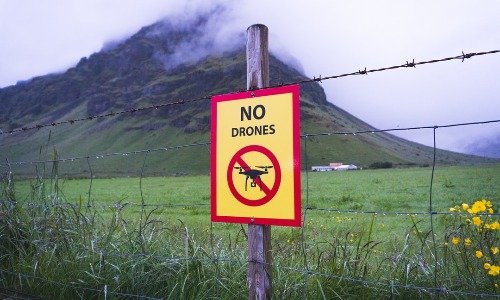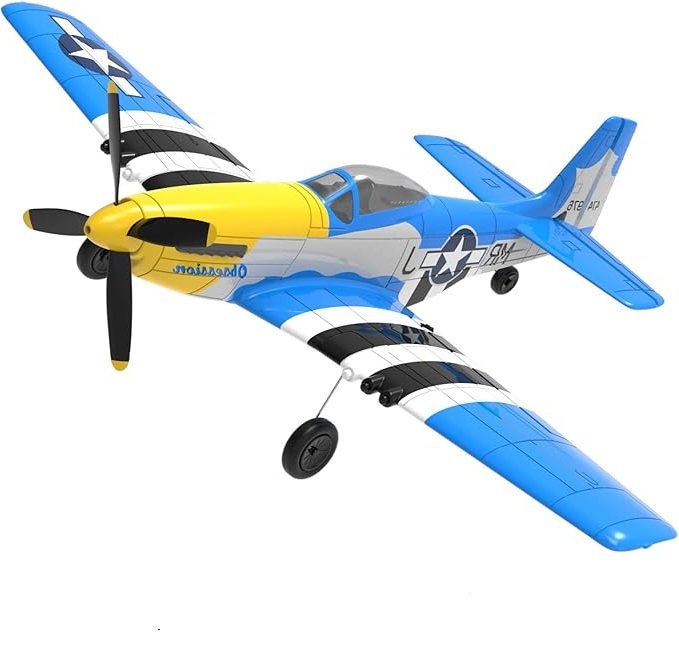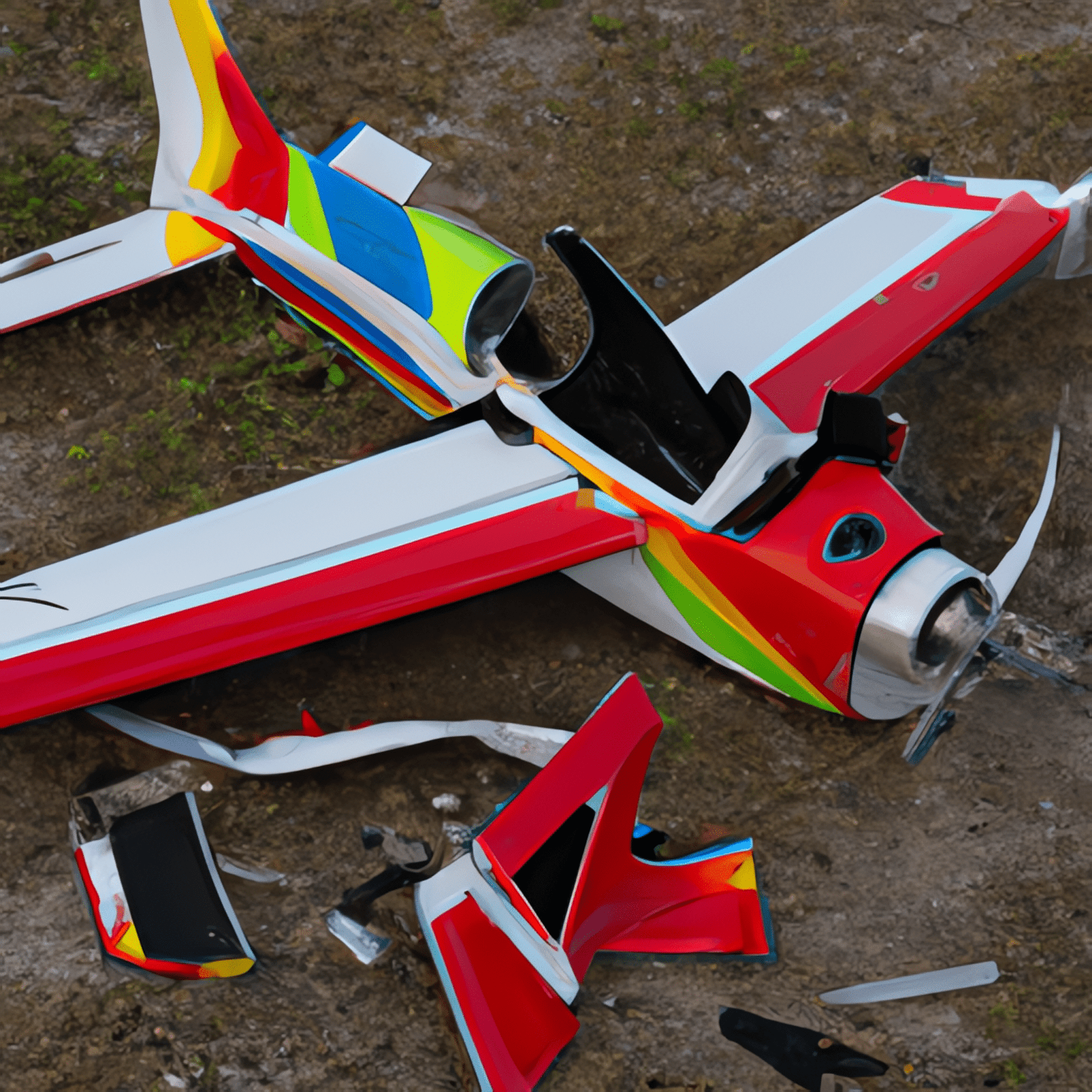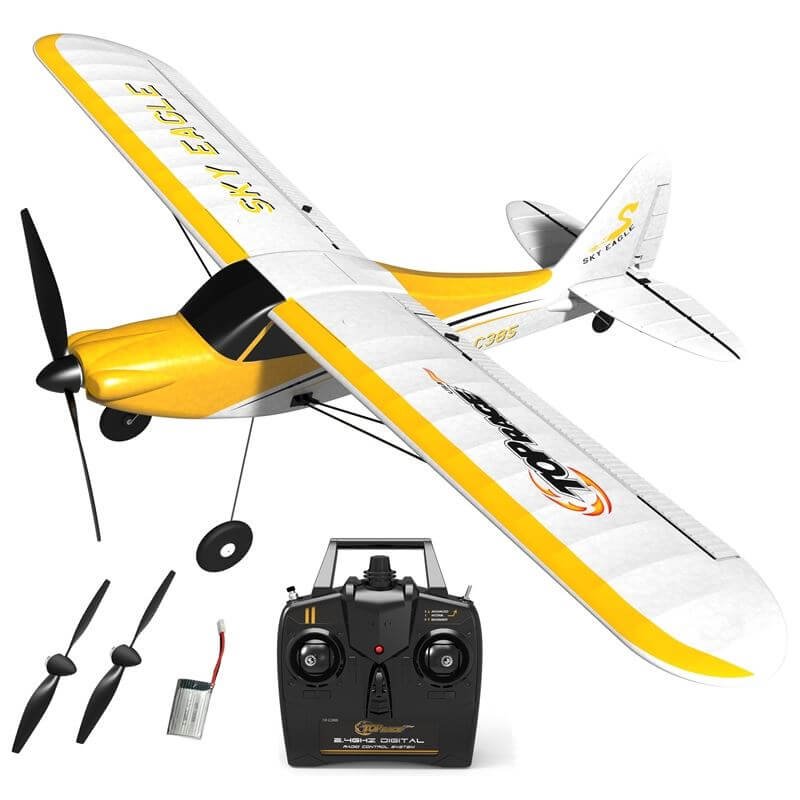Can I go to my local playing field and just start flying my remote control plane – or are there rules I need to observe? What are the rules for flying model aircraft and drones?
There are rules for flying model aircraft, and these can be summarised as follows:
- You may need to register your RC plane or drone
- You may need to pass an online test
- Rules differ for recreational and commercial operators
- You will need to keep below a certain height, usually 400 ft
- You will not be allowed to fly near airports
- You will need to keep your model in line of sight
- The aircraft should be operated in accordance with a set of safety guidelines
The rules are generally the same in the following countries: The USA, the UK, Canada, Australia, and India. I’ll go through the rules below, and highlight any differences between these countries.
Bear in mind that even if following these rules may not be mandatory in certain countries, it’s extremely important to adopt them, because they will help to avoid accidents and action by the authorities.
To find out more about flying safely, read my article here, and to be sure you’re on the right side of the law, check out my article on needing a licence to fly an RC plane, here.
Just starting out with RC Planes? Take a look at the latest recommended RTF (ready to fly) and easy-to-fly RC Planes, which will make getting into the air easy peasy and cheap – here.
What are the Rules For Flying RC Models in the US?
So what are the rules for flying your RC plane in the US? I’ll break these down into recreational or commercial operations, the 8 rules for recreational flyers, the aeronautical knowledge and safety test, and registration of your plane or drone.
Recreational or Commercial Operations
Firstly, do you operate your RC plane or drone for recreational or commercial operations?
Operators of Small Unmanned Aircraft (SUA) for commercial purposes must follow the “Part 107 rules”. There’s a link to a PDF summary of these rules in reference 2 below.
If you are planning on using the SUA for commercial purposes, check out the FAA page in reference 3, at the end of this article.
Operators of small unmanned aircraft for recreational purposes must also follow the part 107 rules unless they follow the 8 conditions of the “Exception for Limited Recreational Operations of Unmanned Aircraft” (for full detail, see ref 1 below).
In other words, in general speak, if you fly for pleasure, and follow the 8 rules set out by the FAA, you won’t have to follow the stricter regulations in part 107, which are essentially for commercial operators.
Controversially, the FAA document states that ” The guidance provided in this notice is not legally binding in its own right“, but “Nevertheless, if your operation fails to satisfy the eight statutory conditions.…. your operation may violate other FAA regulations and subject you to enforcement action.”
If you are flying for commercial purposes, jump down to “The Knowledge Test” below.
The 8 Rules for Recreational Flyers
The eight rules for recreational flyers are:
- The aircraft is flown strictly for recreational purposes.
- The aircraft is operated in accordance with or within the programming of a community-based organization’s (CBO) set of safety guidelines that are developed in coordination with the FAA.
- At the time of writing this article, the FAA had not developed a set of safety guidelines with a CBO, so it referred flyers to its own guidelines, which are based on “industry best practice”:
- Fly only for recreational purposes
- Keep your unmanned aircraft within your visual line-of-sight or within the visual line of sight of a visual observer who is co-located and in direct communication with you
- Do not fly above 400 feet in uncontrolled (Class G) airspace
- Do not fly in controlled airspace (for definition see below) without an FAA authorization
- Controlled airspace is typically found within 5 miles of an airport with air traffic control towers. However, keep it mind that there are some airports in controlled airspace that don’t have control towers.
- Controlled and uncontrolled airspace locations can be found on the FAA’s UAS Facility Map (see reference 5 at the end of this article).
- Follow all FAA airspace restrictions, including special security instructions and temporary flight restrictions
- Never fly near other aircraft
- Always give way to all other aircraft
- Never fly over groups of people, public events, or stadiums full of people
- Never fly near emergency response activities
- Never fly under the influence of drugs or alcohol
- At the time of writing this article, the FAA had not developed a set of safety guidelines with a CBO, so it referred flyers to its own guidelines, which are based on “industry best practice”:
- The aircraft is flown within the visual line of sight of the person operating the aircraft. A visual observer is required for first-person view (FPV) operations.
- The aircraft is operated in a manner that does not interfere with and gives way to any manned aircraft.
- In (controlled airspace) the operator obtains prior authorization from the Administrator or designee before operating and complies with all airspace restrictions and prohibitions.
- At the time of writing, you may fly in controlled airspace only at authorized fixed sites. The list of authorized fixed sites is available on the FAA’s website and can be downloaded here (XL sheet).
- In (uncontrolled) airspace, the aircraft is flown from the surface to not more than 400 feet above ground level.
- The operator has passed an aeronautical knowledge and safety test and maintains proof of test passage.
- The FAA currently is developing an aeronautical knowledge and safety test with a view to introducing it in 2020. More about this below.
- The aircraft is registered and marked. More about this below.
The Aeronautical Knowledge and Safety Test for Recreational Flyers
The Recreational Knowledge and Safety Test will probably be introduced in 2020.
I understand that the test will be approximately 25 questions. If the tester misses a question, the test will bounce back to the question and have information for the tester to read and reselect an answer. The test will not be as extensive as a part 107 test (The Knowledge Test – see below), the exam commercial drone pilots need to pass.
The Test will probably be administered by the Academy of Model Aeronautics (AMA) (see ref 4 below). The test will be available for all ages, however, children under the age of 13 will need consent from their parent or guardian.
The Knowledge Test for Commercial Flyers
If you wish to fly rc models or drones commercially, then you will need to pass the Knowledge Test to become an FAA-Certified Drone Pilot.
For a full run down on how to become a commercial drone pilot, check out out the relevant FAA page (see reference 6 at the end of this article)
Registration of Your Model
To register your drone or RC plane, you will need to state whether you fly for recreational or commercial purposes.
If for commercial purposes, you will need to pay a fee of $5 per aircraft. Registration is valid for 3 years. To register, go to the FAA page at reference 7 at the end of this article, and click on “I Fly under Part 107 or as a Public Aircraft”.
For recreational flyers, go to the FAA page at reference 7 below, and click on “I fly under the exception for recreational flyers”.
Here’s a graphic showing how to mark up your model:
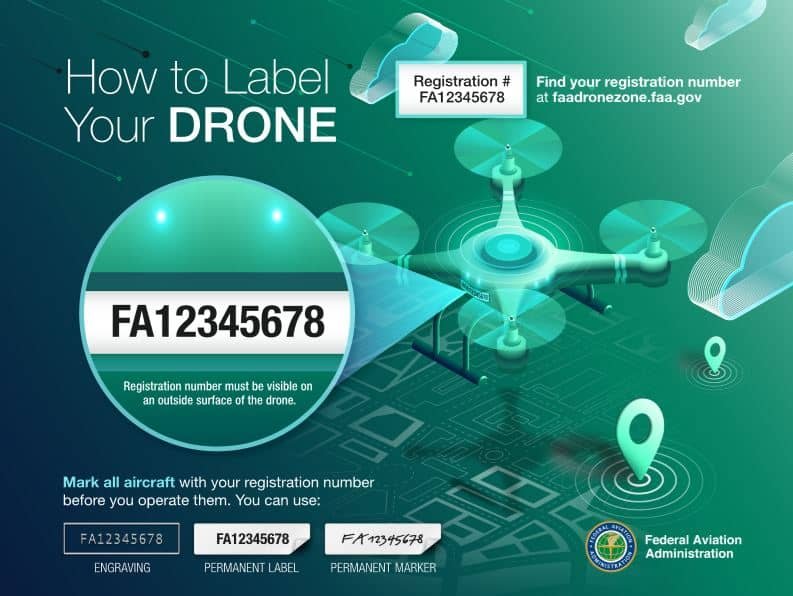
What are the Rules for Flying RC Planes in the UK?
You will need to take a test to fly a remote control aircraft or drone in the UK, and register your RC plane. The test was introduced in 2019.
The Civil Aviation Authority (CAA) warns: “It is against the law to fly a drone or model aircraft without passing the theory test or registering. You can also be fined for breaking the law when flying. In the most serious cases, you could be sent to prison.”
The law requires that anyone operating an unmanned aircraft outdoors which weighs more than 250g is registered as an Operator with the CAA and able to provide evidence of their competency.
Here I’ll outline the 3 main parts to the regulations: The Drone & Model Aircraft Code, Registration, and the test of competency.
The Drone & Model Aircraft Code
Aircraft covered by this Code are Drones, model aeroplanes, model gliders, and model helicopters. The law groups these as small unmanned aircraft.
For a pdf summary of the Drone Code, click on Link 14 at the end of this article.
- You’re responsible for flying safely whenever you fly
- Always keep your drone or model aircraft in direct sight and make sure you have a full view of the surrounding airspace
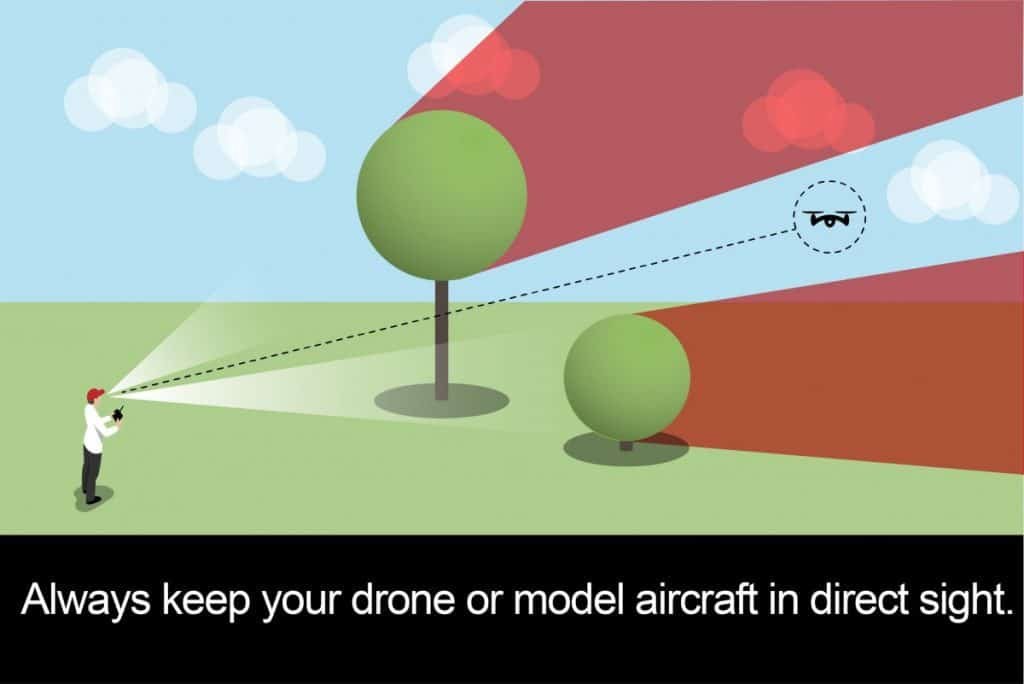
- You must be able to see your drone or model aircraft without using:
- binoculars
- a telephoto lens
- electronic viewing equipment, such as a smart phone, tablet or video goggles
- Never fly above 400ft (120m)
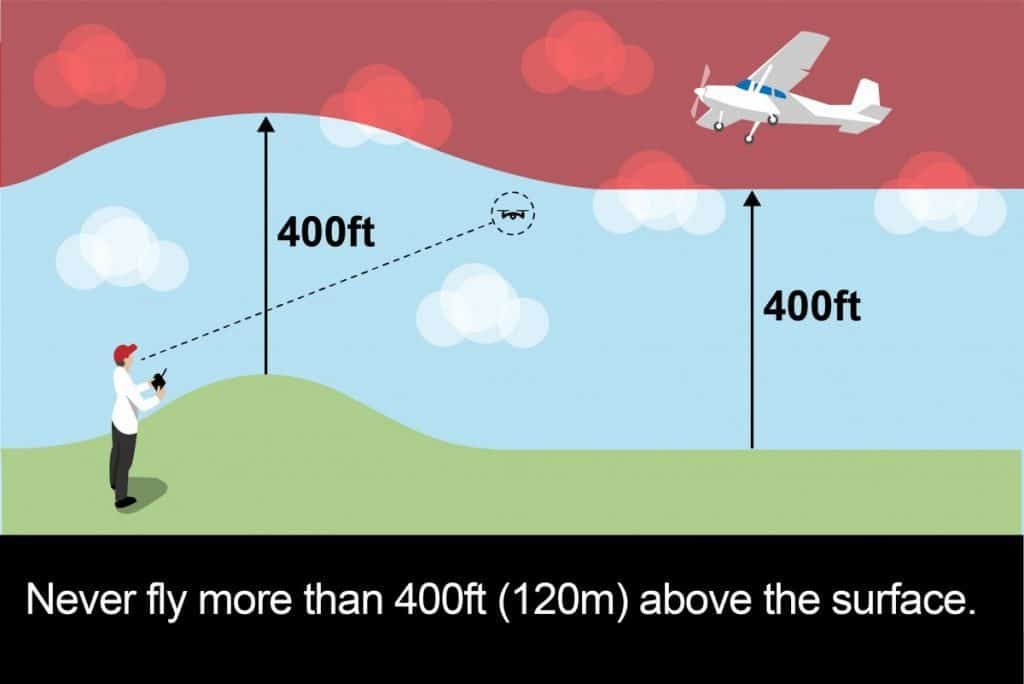
- Keep the right distance from people, property, vehicles and busy areas
- Never fly closer to people than 50m, which can be reduced to 30m on take off and landing.
- These limits do not apply to you or people who are with you and are involved in what you’re doing, such as friends and family out flying with you.
- These limits apply to drones and model aircraft fitted with cameras. Even if you don’t have a camera, you must still fly safely,
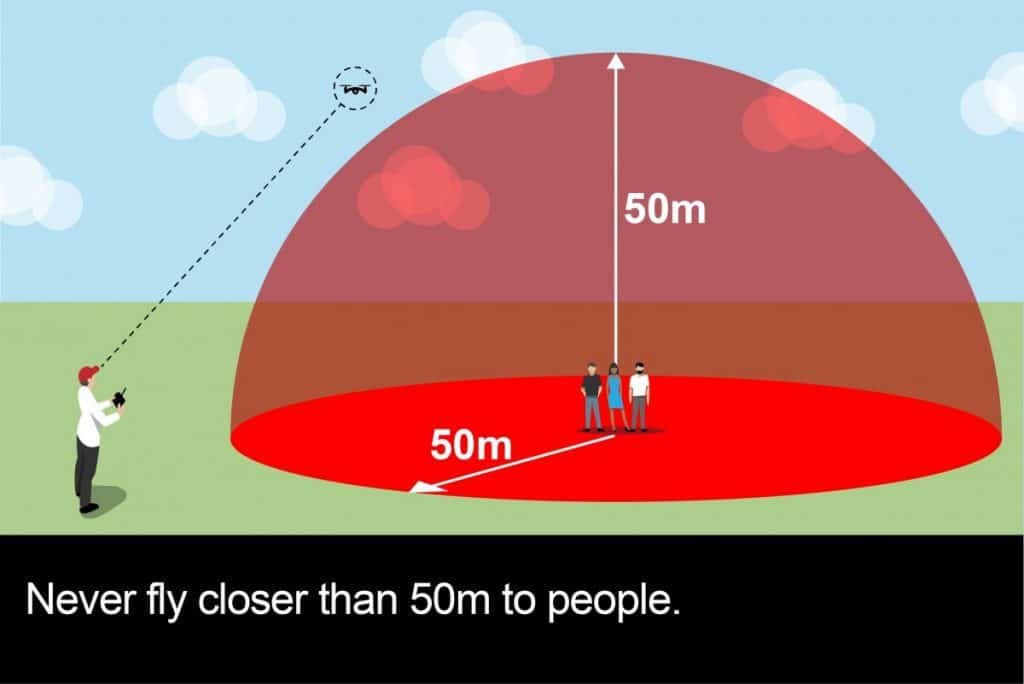
- Buildings, structures, vehicles, trains, boats and other types of transport – Never fly closer to these than 50m.
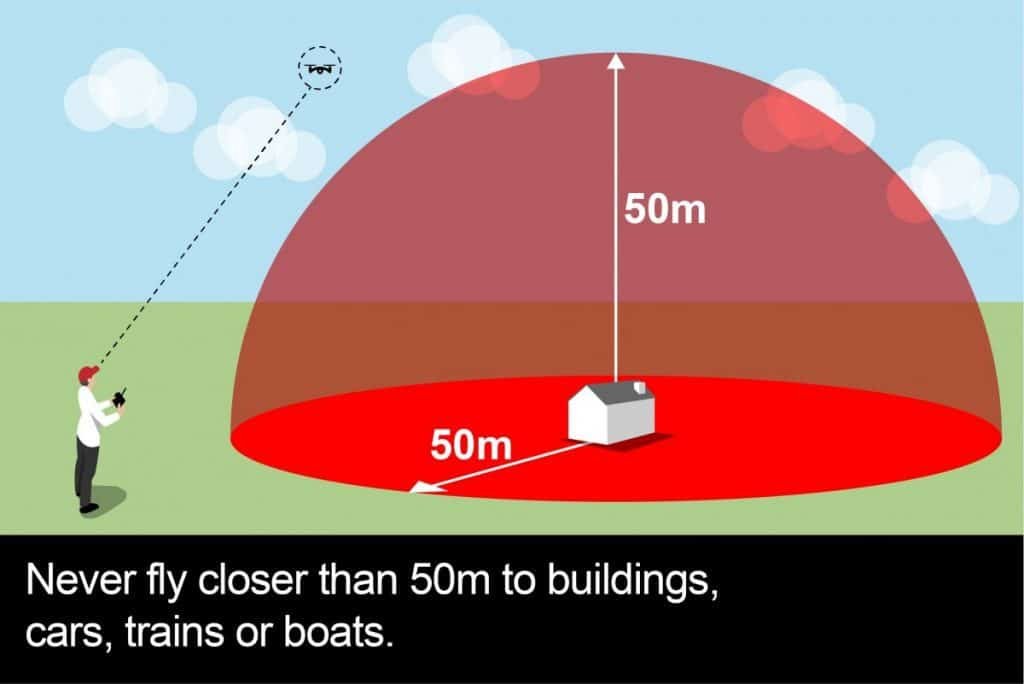
- Never fly closer to built-up and busy areas than 150m.
- Never fly above these areas at any height.
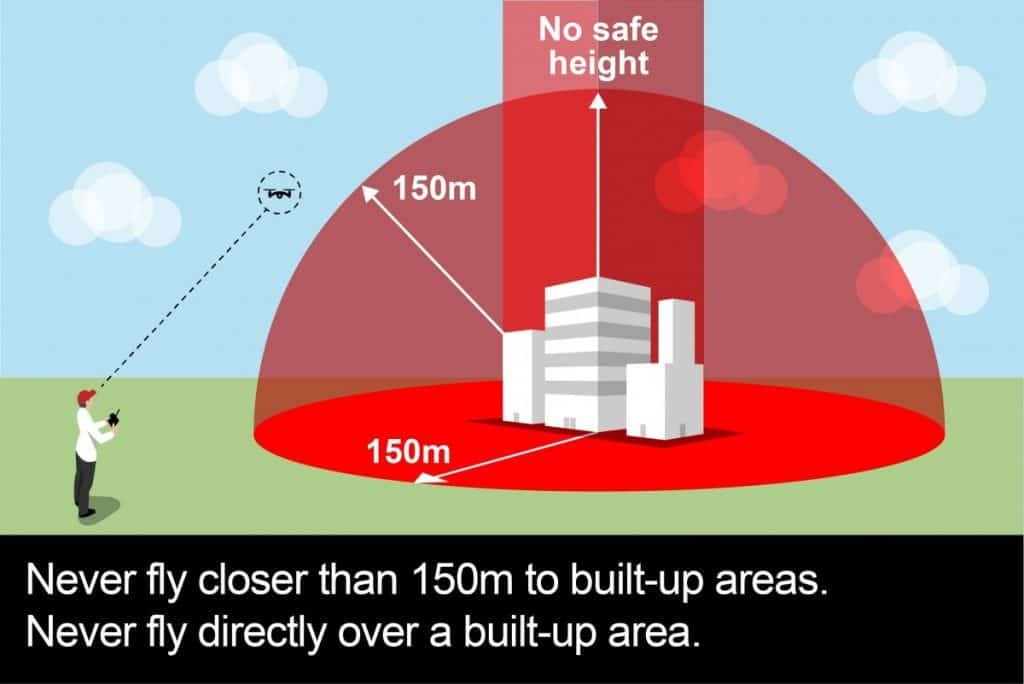
- Never fly closer to crowds of more than 1,000 people than 150m.
- Never fly above crowds at any height.
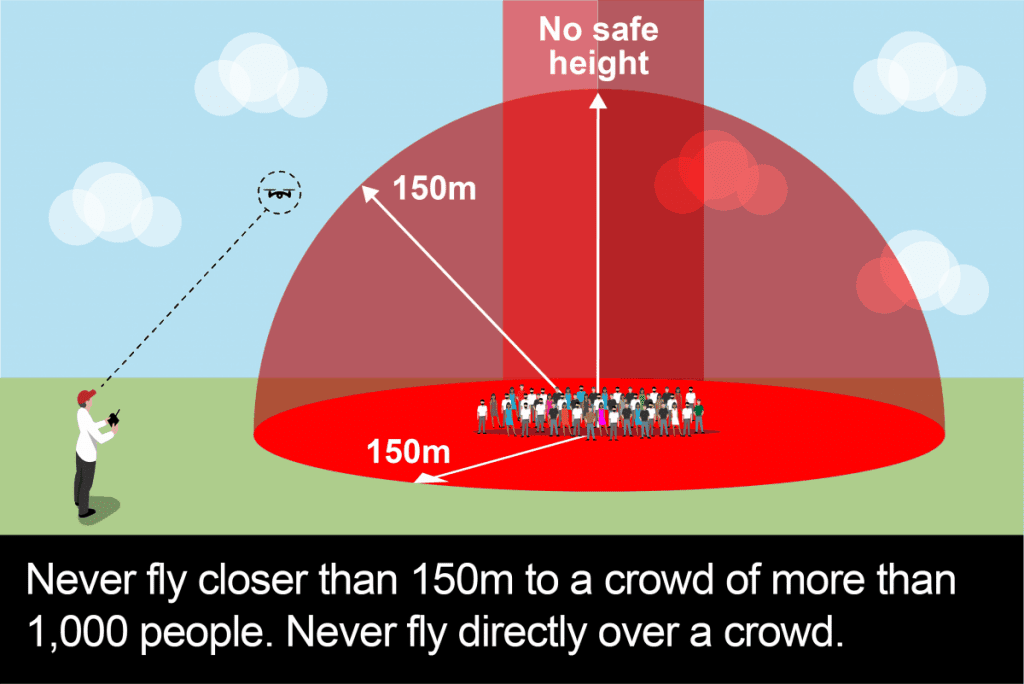
- Stay well away from airports, airfields and aircraft
- Most airports and airfields have a flight restriction zone (FRZ). You must never fly in this zone unless you have permission from the airport.
- Since March 2019 the government has introduced a restriction using the airfield’s existing aerodrome traffic zone, which has a radius of either two or two and a half nautical miles and then five kilometres by one kilometre zones starting from the point known as the ‘threshold’ at the end of each of the airfield’s runways (see the diagram below).
- Both zones extend upwards to a height of 2,000 feet above the airfield.
- A map of the UK showing each airfield’s restriction is available below at reference 8.
- It is illegal to fly any drone at any time within these restricted zones unless you have permission from air traffic control at the airport or, if air traffic control is not operational, from the airport itself.
- If you endanger the safety of an aircraft, you could go to prison for five years.
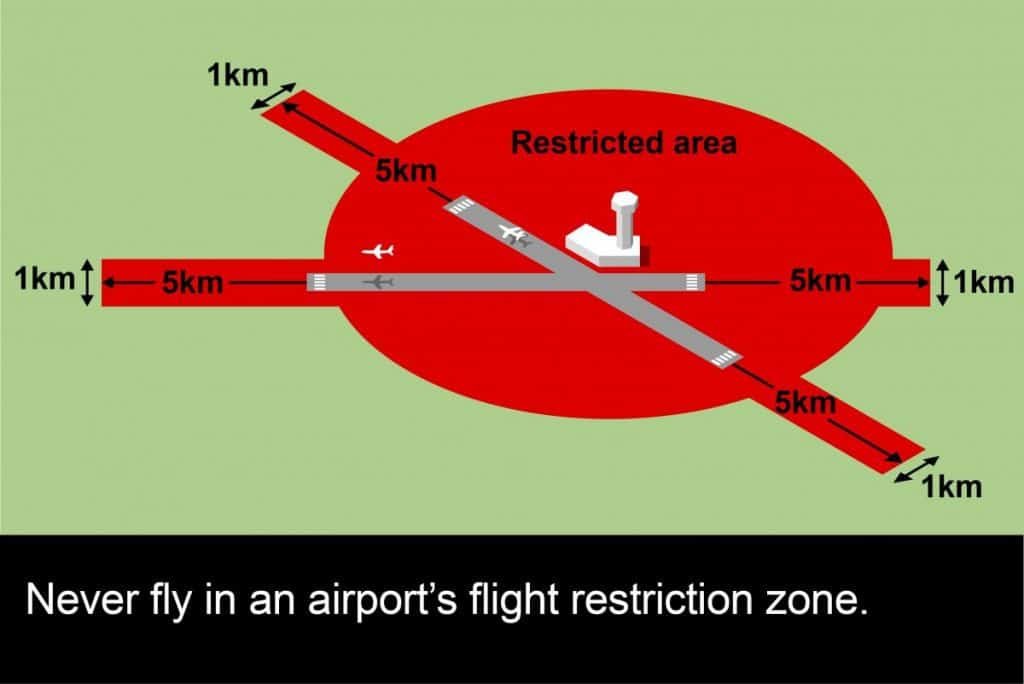
- Always check and follow any flying restrictions. You can check using:
- A drone app, such as listed on the Drone Safe website (see reference 9 below)
- The NATS (National Air Traffic Services) drone website (see reference 10 below).
- Restricted airspace includes areas around prisons, military bases, royal palaces, government sites and more.
- NOTAMS (Notice to Airmen) are the official notices on activities that affect where aircraft, including drones and model aircraft can fly. They can be found on the NATS Notam website, reference 11, below.
- Check for local restrictions and temporary hazards.
- Byelaws may restrict when and where you can fly.
- Check for any structures, such as cranes, masts and wires. Remember, you must be at least 50m away from these.
- Do not fly where you’ll disturb animals.
- Other aircraft – This includes unusual or specialist flying activities, such as air ambulances, police helicopters, light aircraft, military low flying, crop spraying, and electricity pylon surveying.
- Check for signs that say you cannot fly drones or model aircraft.
- Make sure you know what your drone or model aircraft can and cannot do. Specifically,
- how far your drone or model aircraft can fly
- how long your drone or model aircraft can fly before running low on power or fuel
- whether your drone or model aircraft has a ‘return-to-home’ function that means it can fly back to you if there is a problem
- Make sure your drone or model aircraft is fit to fly
- Check fuel and battery levels
- Check any built-in software is up to date
- Do not fly if the weather could affect your flight
- Affecting you or your model, including the model’s batteries which may be adversely affected by cold weather.
- Make sure you’re fit to fly
- Do not drink and fly
- Do not fly under the influence of drugs or medicine
- Do not fly if you’re tired or unwell
- Take action quickly and safely if the situation in the air or on the ground changes
- For example, if a group of people or animals turn up in the area where you are flying.
- Report any dangerous incidents or near misses
- If something dangerous happens while you’re flying your drone or model aircraft, you must report the incident to the Civil Aviation Authority
- If you crash or are forced to land somewhere that you can’t get to your drone or model aircraft, you should tell the site owner.
- Do not use your drone or model aircraft to make money or for any kind of payment
- If you fly your drone or model aircraft for recreation, you can choose whether or not to have insurance
- Insurance is optional if you’re flying for recreation. However, you should remember that you’re responsible for your actions, which means you could be held personally liable for any injury or damage you cause while you’re flying.
- If you’re flying for commercial purposes, you’ll need insurance.
- Respect other people and their privacy
- If your drone or model aircraft has a camera, any photos or video you take may be covered by the General Data Protection Regulation (GDPR).
- Make sure you know what your camera can do and the kind of images it can take
- Knowing this will help to reduce the risk of taking photos or recording videos that invade privacy.
- Make sure you can be clearly seen when you’re out flying
- This means people will know who’s responsible for your drone or model aircraft.
- Let people know before you start recording
- Think before sharing photos or video
- Keep photos and videos secure
- If you record images for commercial use, you’ll need to meet further specific requirements as a data controller.
- You must pass the theory test to get a flyer ID before you fly
- If you are flying a drone or model aircraft between 250g and 20kg you will need to pass a test. See below for further details.
- You must take the theory test every three years
- The person or organisation that’s responsible for a drone or model aircraft must register to get an operator ID
- This will usually be the person or organisation that owns it, unless the owner is under 18, in which case it will need to be a parent or guardian.
- Label your drone or model aircraft with your operator ID
- Make sure that anyone flying your drone or model aircraft has a valid flyer ID
- Keep your operator ID up to date
Registering Your RC Plane or Drone (the “Operator ID”)
It is against the law to fly without passing the Theory test or registering.
The operator is responsible for making sure that only people with a valid flyer ID use their drone or model aircraft.
If you’re responsible for drones or model aircraft, but will not fly them you can register as an operator only. For example, if you’re responsible for your child’s drone.
They must label their drones and model aircraft with their operator ID.
You must be at least 18 years old to get an operator ID.
The Operator ID costs £9 and is valid for 1 year, though if you are applying for a Flyer ID too, the combined cost is £9.
To register your plane or drone, click through to the relevant CAA page at reference 13 at the end of this article.
Labelling your drone or model aircraft
It is against the law to fly a drone or model aircraft of between 250 g and 20 kg that does not show a valid operator ID.
You must label your operator ID on every drone or model aircraft you’re responsible for.
Use the same operator ID for all your drones or model aircraft.
Your operator ID must be:
- visible from the outside, or within a compartment that can easily be accessed without using a tool
- clear and in block capitals taller than 3mm
- secure and safe from damage
- on the main body of the aircraft
You should use a removable label as your operator ID may change when you renew.
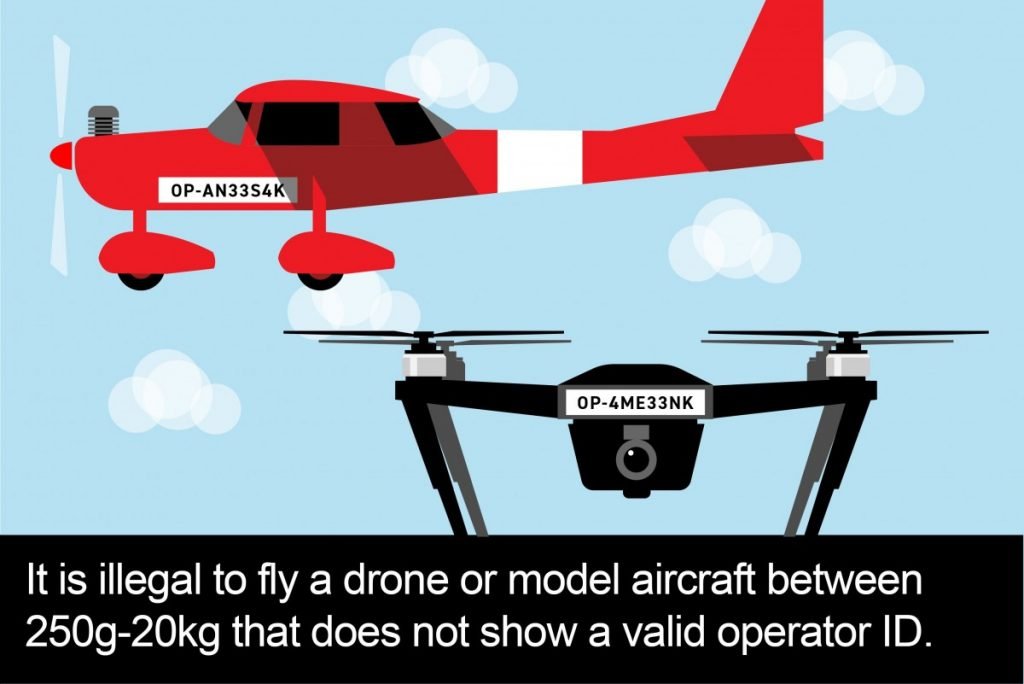
Taking The RC Plane & Drone Theory Test (The “Flyer ID”)
Anyone who’ll fly must pass a theory test to get a “flyer ID”. There are exemptions – for example if you fly a control line model, or you fly indoors.
Children and adults must pass the test. A parent or guardian must register children under 13, but the child must take the test. To register a child, click on reference 12 below.
The CAA recommends that the Code, listed above, is studied prior to the test.
The test costs £9 and has 20 multiple choice questions and you should allow at least 20 minutes to complete the test. You can take the test as many times as you like.
The British Model Flying Association has summarised the requirements in the following infographic:
